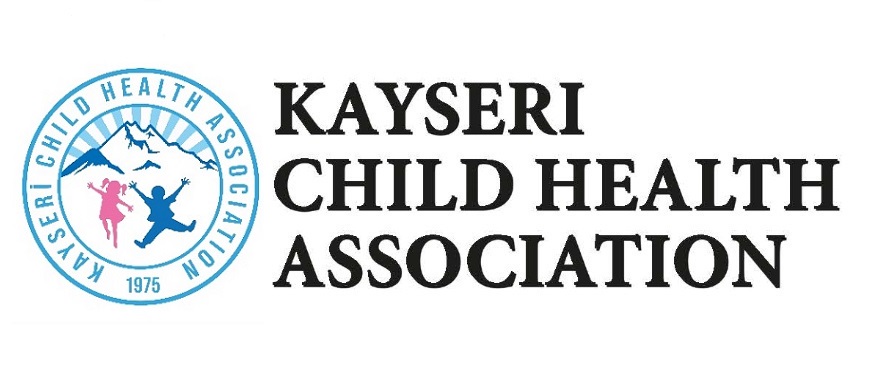Evaluation of Clinical Characteristics of Patients with PFAPA Syndrome According to Febrile Seizure History
Evaluation of Clinical Characteristics of Patients with PFAPA Syndrome According to Febrile Seizure History
DOI:
https://doi.org/10.4274/jpea.2025.483Keywords:
Aphthous, febrile seizures, fever, pharyngitis, stomatitisAbstract
Although the clinical phenotype of periodic fever, aphthous stomatitis, pharyngitis, and cervical adenitis (PFAPA) syndrome is well defined, its association with febrile seizures (FS) remains unclear. This study aimed to evaluate potential risk factors associated with FS development by comparing PFAPA patients with and without FS. The study included 169 children who were diagnosed with PFAPA by a pediatric rheumatologist according to EUROFEVER/PRINTO criteria, and followed up in our tertiary care center for at least six months. According to the FS assessment, individuals were assigned to one of two groups. Demographic, clinical, and laboratory characteristics were analyzed comparatively between the groups. The prevalence of FS in children with PFAPA was 8.9%, which was higher compared to the general pediatric population. The age at diagnosis was significantly lower in patients with FS, compared to those without FS [32 (13-110) months vs. 53 (12-116) months, p=0.044]. There were no significant variations between the two groups regarding demographic, clinical, or laboratory parameters. Although the basic clinical phenotype of PFAPA appears largely independent of the presence of FS, the younger age at diagnosis in patients with a history of FS suggests that seizures may contribute to earlier clinical recognition of the syndrome. Our findings emphasize the importance of considering neurological outcomes in the management of PFAPA.

Downloads
Published
How to Cite
Issue
Section
License
Copyright (c) 2025 The Journal of Pediatric Academy

This work is licensed under a Creative Commons Attribution-NonCommercial-NoDerivatives 4.0 International License.








